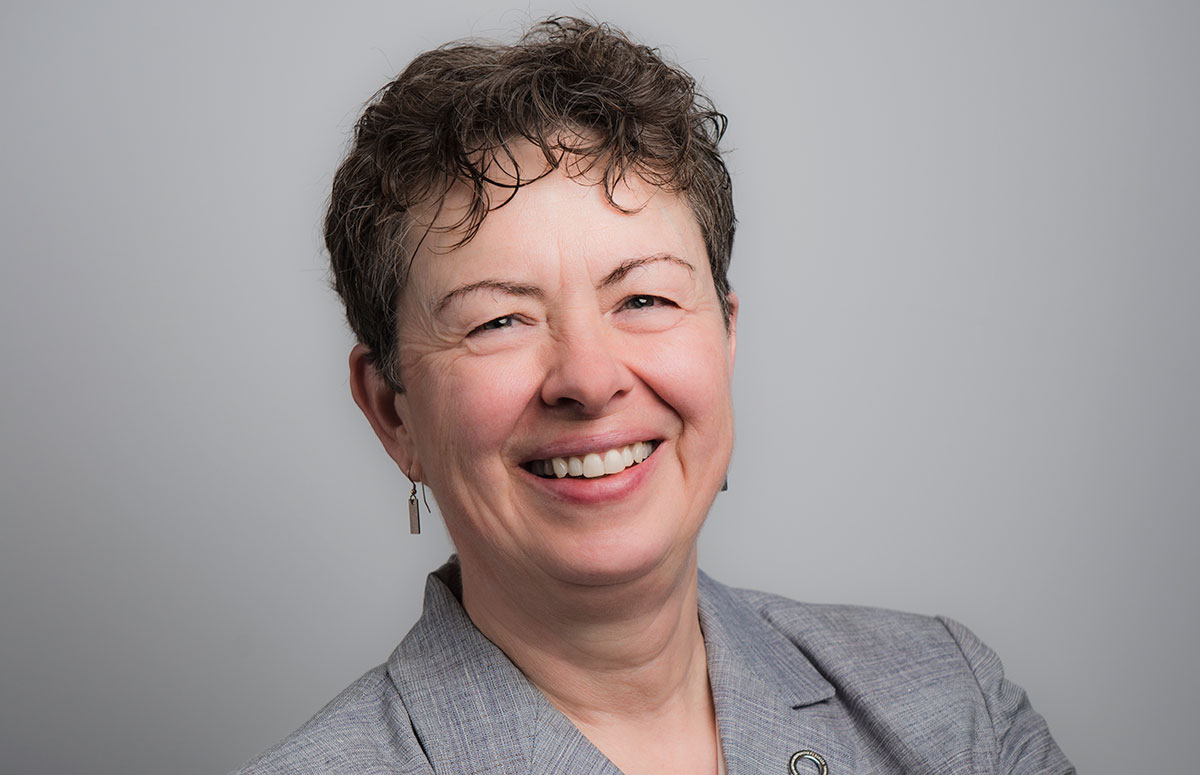 Supplied
SuppliedA life that has been lived should not be valued less than a life that’s going to be lived, Carole Estabrooks.
The Translating Research in Elder Care (TREC) Principal Investigator at the University of Alberta and professor in the Faculty of Nursing recently conducted the first Canadian study on ways to measure the increasing levels of distressing medical symptoms seniors in nursing homes face in the last year of their life.
She said she hopes her research ensures that the quality of life right before death is as optimal as possible, no matter how much longer somebody in a nursing home has to live.
“This gives us the opportunity to look at different kinds of strategies to address this important area,” Estabrooks said. “We haven’t been good at systematically monitoring symptom levels. We have to develop techniques systematically to make sure our strategies, interventions and care (for seniors) is maximized.”
Estabrooks has been working with residential and nursing homes for the last 10 years. Her latest research report, titled “Dying in a nursing home,” looked at the trajectories of distressing symptom burdens on seniors and how quality of patient care can be improved.
70 per cent of Canadian nursing home residents have been diagnosed with dementia and typically have other chronic distressing medical conditions such as kidney disease, shortness of breath, vision problems, arthritis and fluctuating blood pressure. Most seniors with advanced dementia will live the last months or years in a nursing home, and will die there.
Studies have shown that the current level of care for these seniors in nursing homes is “sub-optimal,” Estabrook said. Her team collected data from 36 nursing homes in Western Canada from 2008 to 2012, noting symptoms experienced by residents such as pain, delirium, agitated behaviour and pressure ulcers, which led to feelings of distress and suffering.
The first step in improving quality of life in nursing homes is to measure and monitor distressing medical symptoms closely, Estabrook said. Half of Canadians in nursing homes are more than 80 years old, and are “highly vulnerable” with “complex heath needs,” but their medical symptoms are treatable. The study looks at how measurement of those symptoms can be modified in nursing homes, thus improving quality of care and treatment.
Common strategies for reducing distressing medical symptoms comes in the form of staff education, training and knowledge-based techniques, which aren’t enough by themselves, Estabrooks said.
Features of the work environment that can be modified include the amount of participation staff have in care planning and decisions, how health-care workers communicate with other professionals about patient needs, the amount of available resources, the types of leadership styles in the workplace and processes for staff feedback.
“People managing systems have responsibilities for getting data back to facilities and ensuring there are enough resources and staff,” Estabrooks said. “We didn’t do a study to try and blame anybody. From our perspective, if you don’t measure it, it’s hard to know what the state of things are and how to address them.”
According to Statistics Canada, seniors are the fastest growing population in Canada. By 2021, a projected 19 per cent of Canadians will be more than 65 years old. By 2041, that number will increase to 24 per cent.
Even if resources and funding to the nursing home sector stays constant, it won’t be able to account for the rapid population growth of seniors in the country, Estabrooks said.
Estabrooks added that she hopes policy makers will use their findings and implement a systematic way to monitor patient symptoms and how they’re being treated. Creating and instilling a program from the government level could help with evaluation and progress in nursing homes. And since resources are on a decline with the growing population of seniors in Canada, this could help make sure those at the end of their life are as equally valued as those who are just born, she said.
“We don’t have good awareness if we don’t monitor (distressing medical symptoms) closely,” Estabrooks said.
“We should work to ensure that the quality of life before death is as good as we can make it.”
With files from Collins Maina.



